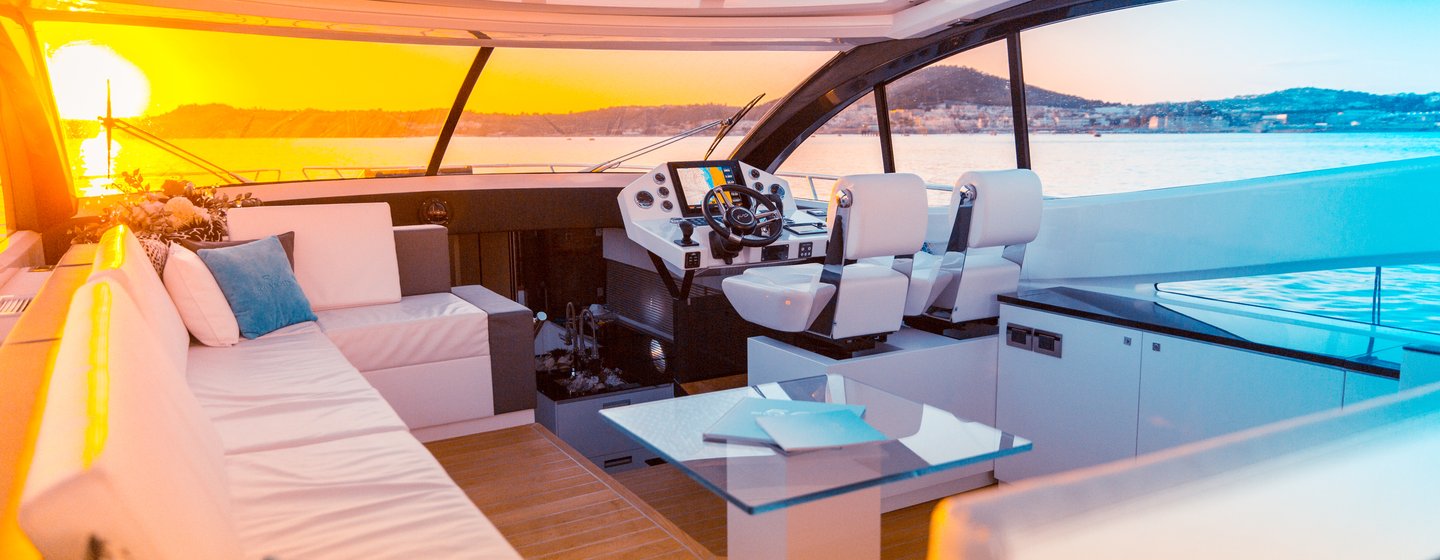You may already know which yacht you want to buy and where you’re going to keep it, but with every new sale comes an options list. Additionally, second-hand vessels may require an entirely new set of equipment.
This is your opportunity to tailor the yacht to match your requirements. Equipment choices are highly personal, and the optional equipment you choose can sometimes equate to 10-15% of the yacht's value, making it an important area of consideration.
In this article:
Things to Consider
Before you start making lists and ordering equipment, consider what you’ll be doing with the yacht and where you’ll be cruising.
For new yachts, do you need all of the equipment now? Opting to leave out a few items at the point of purchase might make you feel better, but it could well cost more in time, hassle, and money if you decide to retrofit in the future.
If you are the type of person who is happy sourcing and even fitting equipment to your boat, there is plenty of evidence to suggest you can save money.
How you plan to use the yacht is a major factor. If you’re only going to be onboard for a few days at a time, do you actually need a washing machine or a freezer?
Likewise, spending thousands on an advanced navigation system could be money wasted if all you want to do is take the boat to your nearest anchorage on a sunny day. Especially as navigation equipment is constantly being updated.
Spending thousands on a full navigation system could be money wasted if all you want to do is take the boat to your nearest anchorage on a sunny day."
The Basics
As with every activity, yachting has rules. There are some items that every yacht must carry onboard for the safety of the crew and the vessel, and to also conform to international laws.
The specific list of mandatory equipment varies slightly from country to country, but in most nations, it’s similar. There are also several other things that aren’t mandatory but we advise you to carry onboard.
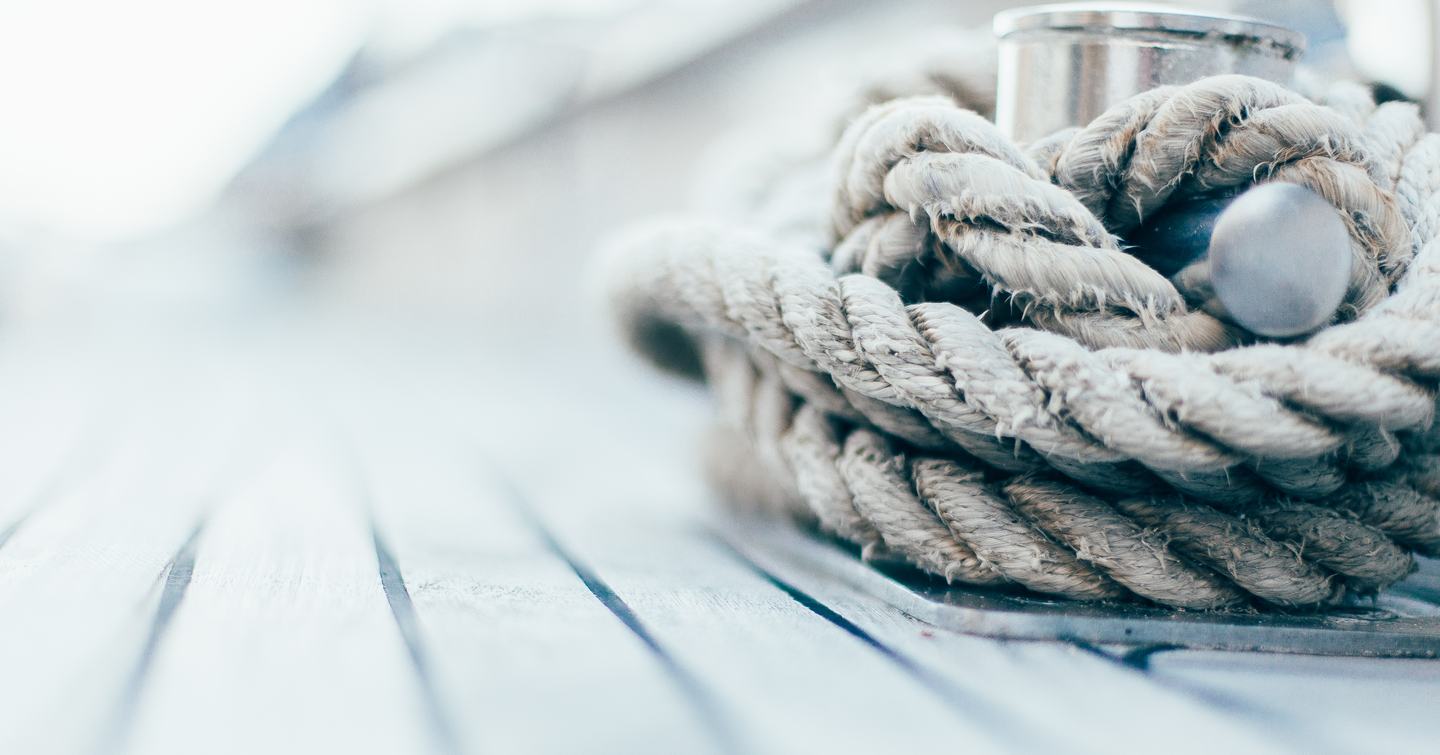
While equipping your yacht it’s also worth spending time thinking about your experience and qualifications. Some countries require motor yacht drivers to have formal qualifications, and some others don’t. The onus, however, is on you (or your captain) to make sure your yacht adheres to the local rules and regulations.
You need to be experienced enough to undertake the trip you have in mind. Everyone has to learn and start somewhere and you owe it to your crew, your vessel, other water users, and of course yourself to learn how to maneuver and use your new yacht in a safe manner.
Equipment Grading
We’ve split our equipment recommendations into three categories, consisting of Essential, Recommended, and Optional. The items in each category are listed in alphabetical order, not in order of importance.
Essential
This is the kit, we at YachtBuyer, believe all vessels must carry for safety when going to sea.
By carrying this kit you should have what you need to cover the most common everyday occurrences, in addition to less frequent accidents or disasters we all hope will never happen.
You should regard our Essentials list as the bare minimum and the items on it should be the first things you should check are included in the standard equipment list or inventory.
Leaving harbor without all this equipment can be done, of course, but you’d have to possibly justify why you weren’t carrying something in a court of law should you be found negligent.
We are talking worst-case scenario here, and although accidents do happen, they are rare. Unlike cars, if something does happen you can’t simply pull over. As a result, it is always wise to be prepared when at sea.
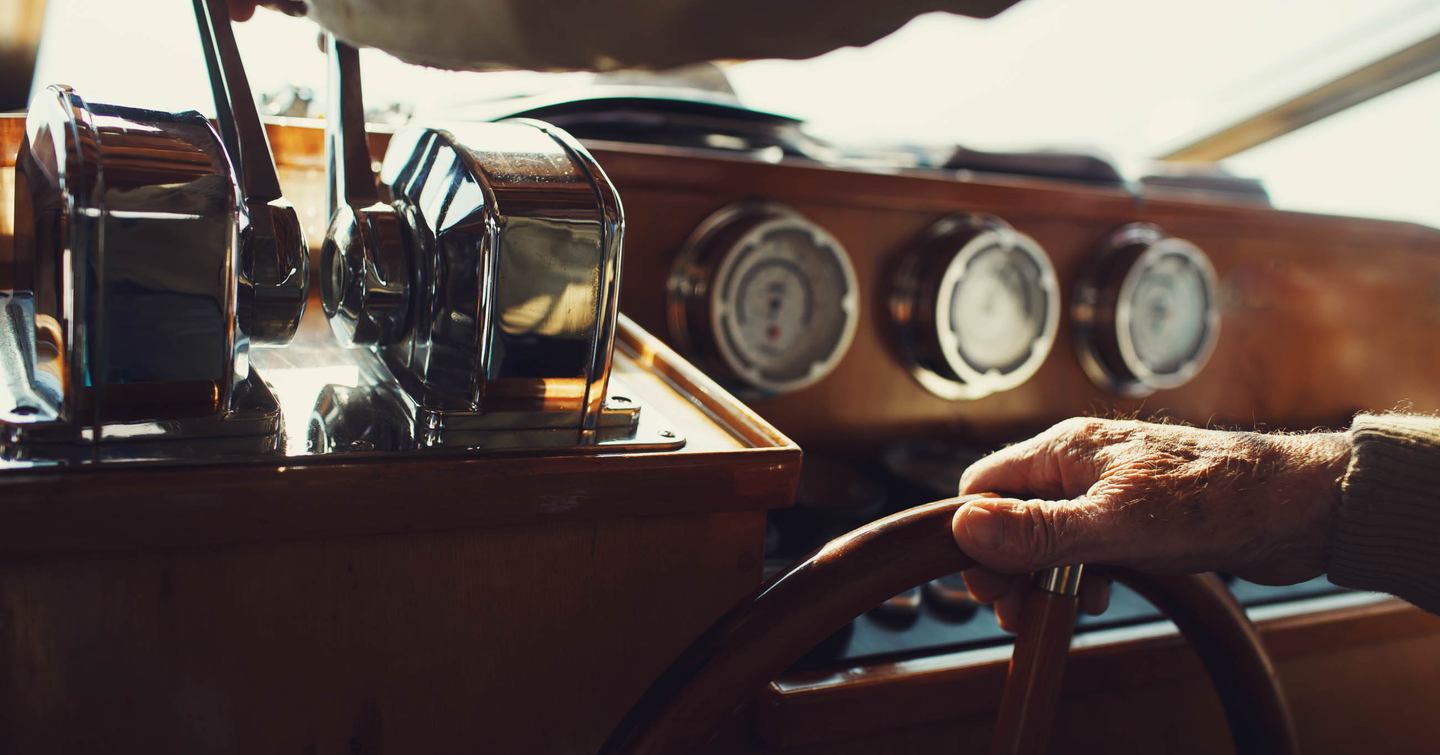
Recommended
As your boating aspirations increase, so might the time spent onboard and the distances you hope to travel.
The Recommended list is for those who want to go coastal cruising for a week or two, possibly crossing open stretches of water and encountering commercial ships and other vessels.
If you’re away for more than a few days, the weather might deteriorate, and the chance of traveling in the hours of darkness might increase.
Optional
The yacht world is full of fun and desirable items, and we have selected a few good ones to consider. At the same time, there are some more serious options, such as spare parts and stability or mooring aids that fall into the Optional category.
You could happily spend your boating life not needing anything on this list, but there’s no harm in looking. Hopefully, most of the spare or safety kit will never be needed, and while reading this might seem as if boating is fraught with problems, it’s always better to be prepared for the worst.
Standard Equipment

What your new boat should come with, and what it does come with are often two very different things. With most production yacht manufacturers competing on price, buyers will find various views on what constitutes to a standard specification.
Yachts that focus on a low base price may offer a basic level of equipment. At the other end of the market, some brands will equip their yachts with active stabilizers, bow thrusters, and anchor windlasses as standard.
There is a lot of sense in thinking that the Essential equipment list should tally with a yacht's standard specification. But while much of the standard equipment is essential, not all essential kit is standard.
What your yacht absolutely must come with is a level of safety and navigational equipment to support basic seagoing requirements.
Before a boat can be sold it has to be certified that it conforms to national and/or international standards. This varies from country to country and authority to authority and each will specify different equipment in order to conform.
Before purchasing a yacht, look through the specifications to ensure it comes with:
- A compass (for basic navigation)
- An anchor (to hold your boat in a position to prevent it from going aground, or for you to fix problems)
- Navigation lights (for use at night when moving or anchored to show other boats where you are and what direction you’re traveling in)
- A bilge pump (a pump to remove any water from the lowest part of your boat)
- An echo sounder/log fitted (this tells you how deep the water is and how far you have traveled)
Safety and Emergency Equipment
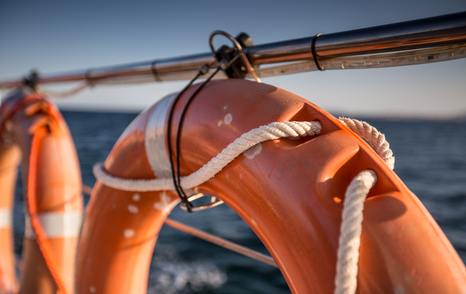

The safety of everyone on board is the skipper/captain’s responsibility. Therefore if you’re skippering a boat, no matter who is on the wheel, the safety of everyone on board – and the vessel – is yours. Therefore you must carry the appropriate safety kit for the trip you intend to do.
Essential Safety Kit
- Anchor ball
- Carbon monoxide alarm
- Distress flares
- Fire blanket
- Fire extinguishers
- First aid kit
- Gas alarm
- Grab bag
- Hand-held VHF radio
- Knife
- Lifebuoy
- Lifejackets
- Liferaft
- Radar reflector
- Smoke alarm
- Softwood bungs
- SOLAS V lifesaving signals information
- Throwing line
- Waterproof torch
- Whistle/Horn
Recommended Safety Equipment
- EPIRB
Optional Safety Equipment
- AIS MOB SART
- PLB
- Jonbuoy MOB Recovery Module
- Remote vessel monitoring system
Deck Equipment
If your yacht is new, you’ll need to buy some deck gear to protect, maintain and enjoy it. Some equipment may be standard or available as a manufacturer-fitted ‘cruising package’, so work out what will be provided, and what you’ll need to buy.
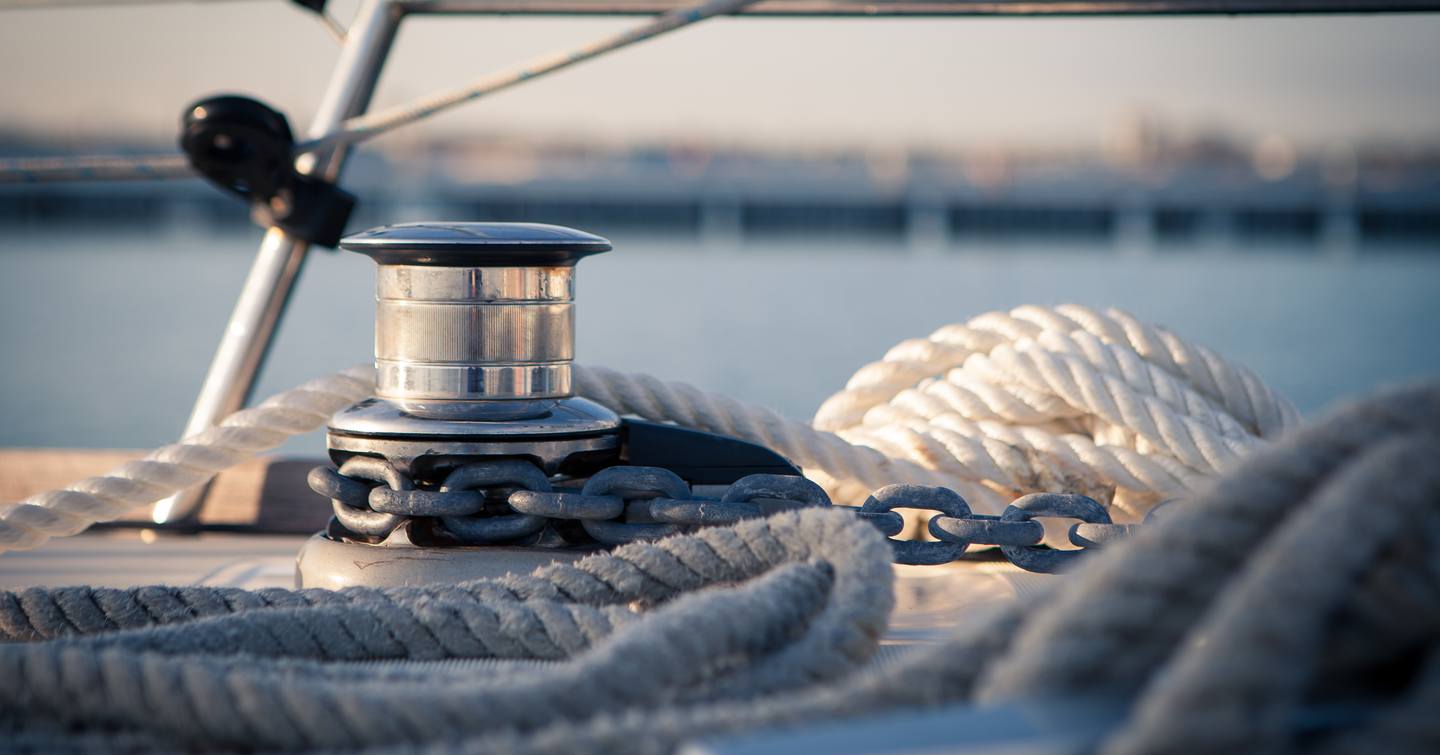
After buying your deck equipment, get into the habit of checking it over and inspecting it regularly. Are ropes wearing where they shouldn’t, is the anchor still attached securely to the chain? The only way you’ll find out is by checking these items on a regular basis.
Essential Deck Equipment
- Anchor and chain
- Snubber
- Windlass
- Boathook
- Deck brush
- Bucket and sponge
- Ensign
- Hose
- Fenders x 4 minimum
- Ropes
Recommended Deck Equipment
- Bow thruster
- Courtesy flags
- Davies/Chocks
- Kedge anchor
- Outboard
- Tender
Optional Deck Equipment
- Stern thruster
- Stern anchor
- Watersports toys
After buying your deck equipment, get into the habit of checking it over and inspecting it regularly."
Navigation Equipment
The type of navigation instruments you need will depend on the type of cruising you intend to do and where you cruise.
Do you really need a full touchscreen glass helm or would smaller, separate instruments be better?
Navigation instruments help those in charge of a vessel answer three key questions: Where am I? Am I safe where I am? And, How do I safely get where I want to go?
If you don’t know where you are, you won’t know whether you’re safe. When planning your trip, it is always wise to give yourself some margin for error when navigating dangers en route for example.
Voyage planning is part of the SOLAS V (Safety Of Life At Sea 5) regulations and knowing how to use the navigation systems on your yacht will help you get the best out of it.
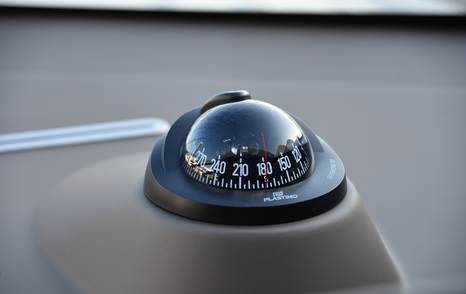
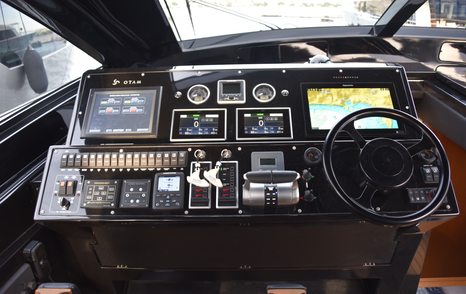
Your yacht will come with some instruments. Knowing how to use them is an essential part of being safe at sea and they can increase the enjoyment you get from your boat.
If you’re just day boating in good weather or always within sight of land, you may only need the list of Essential kit below. If, however, you’re coastal cruising and maybe doing 60-80nm trips that could involve crossing shipping lanes, then the items in the Recommended section can be considered essential.
It’s also worth bearing in mind that no instrument is infallible. Reliability is improving but they can fail, have a loose connection, or stop working for no apparent reason. It is therefore recommended that you have a backup – and, if this is a smartphone or tablet, the power to keep it running for as long as you need to reach safety.
Essential Navigation Equipment
- Binoculars
- Chartplotter
- Charts digital/paper
- Compass
- DSCVHF
- Echo sounder/Log
- GPS
- Mobile Telephone
- Tide tables (if applicable)
Recommended Navigation Equipment
- Multi-Function Display (MFD)
- AIS (Automatic Identification System)
- Radar
- Autopilot
Optional Navigation Equipment
- Forward-Looking Sonar
- Fish finder
Find Out More
Engine Spares
Even a well-maintained engine can break down. With the right spares onboard, a call to the rescue services can be avoided and you might be on your way again in less than an hour.
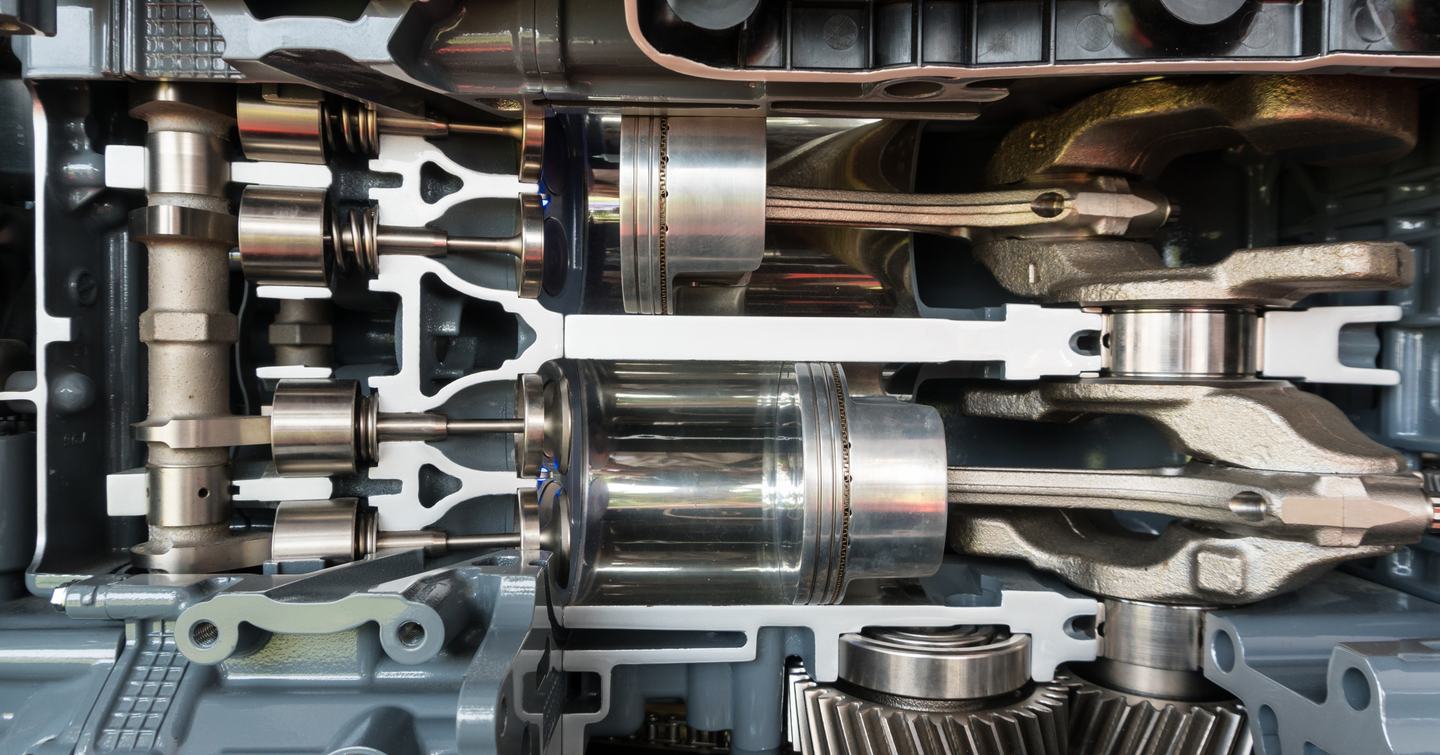
Even if you do have to call an engineer, having the spares to hand will save time, either theirs when they are repairing your engine, or yours when you’re trying to locate a source of spares in an unfamiliar port.
Essential Engine Spares
- Antifreeze
- Belts
- Fuel filters (primary and secondary)
- Hose Clips
- Impellers
- Oil (Gearbox and engine)
- Power steering fluid
- Steering helm fluid
- Tools
Recommended Engine Spares
- Oil filter
Optional Engine Spares
- Alternator
Find Out More
Ancillary and Underwater Systems
Ancillary systems can improve the quality of your time onboard, and make time spent on your vessel more comfortable and enjoyable.
Importantly, for this specific section, choosing the right items at the time of purchase will save upheaval and costly modifications further down the line.
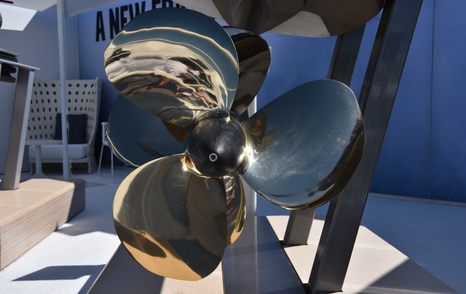

Your yacht will come with many items pre-installed but depending on its type, design, and intended use, you’ll want to consider which ancillaries to prioritize.
If you’re planning to travel longer distances at slow speeds, a stabilizer system is a good idea, as is a freezer. Additionally, if you will be mooring in a tight marina, a bow thruster would make sense.
Choosing the right items at the time of purchase will save upheaval and costly modifications further down the line."
Essential Ancillary Systems
- Backup domestic batteries
Recommended Ancillary Systems
- Generator
- Inverter
- Bow thruster
Optional Ancillary Systems
- Stabilizer
- Stern thruster
- Watermaker
Find Out More
Crew Comfort
What do you need to make yachting more comfortable? Well, to begin with, you need to think about what makes you happy and the luxury items you or your guests can’t live without. It’s pointless splashing money on a music system if you enjoy peace and quiet on the water, for example.
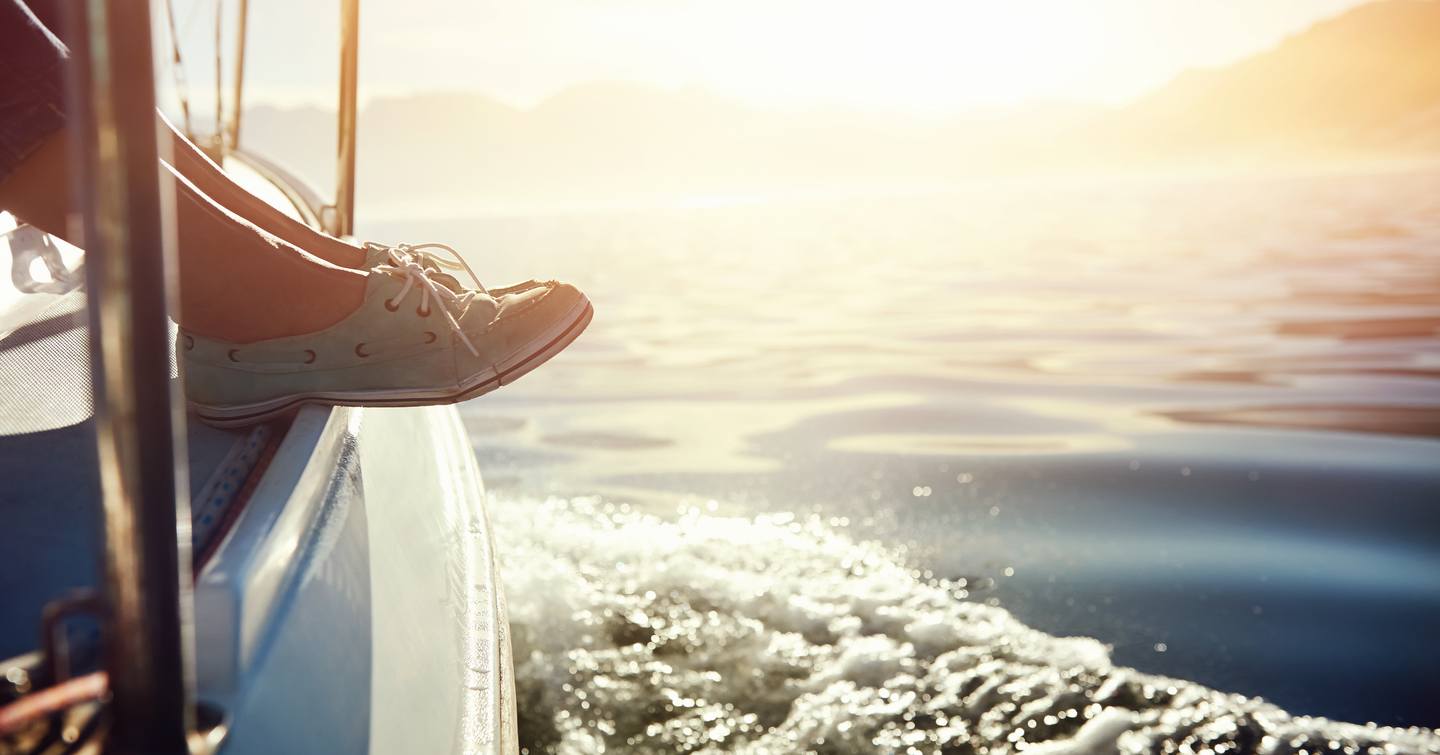
Where you will be using your yacht is also a factor. If you’re traveling in northern climes, then waterproof clothing is essential. However, when using your yacht in the Caribbean, a hat and sunscreen are more important.
Not many people find being cold and wet an enjoyable experience, so this is why we’ve put crew clothing on the Essential list. Your tolerance to the weather may also define the size, style, and type of boat you choose, in addition to where you intend to utilize your vessel.
Essential Crew Equipment
- Boots
- Deck shoes
- Waterproof clothing
- Deck canopies/covers
Recommended Crew Equipment
- Audio equipment
- Refrigerator
Optional Crew Equipment
- Climate control/ heating
- Satellite communications
- Washing machine
- Freezer
- Microwave
- Icemaker
- TV
- Dishwasher
